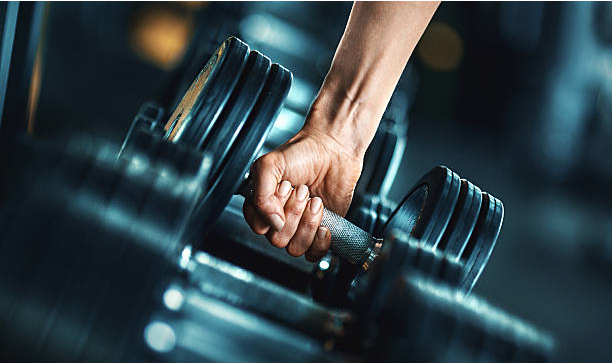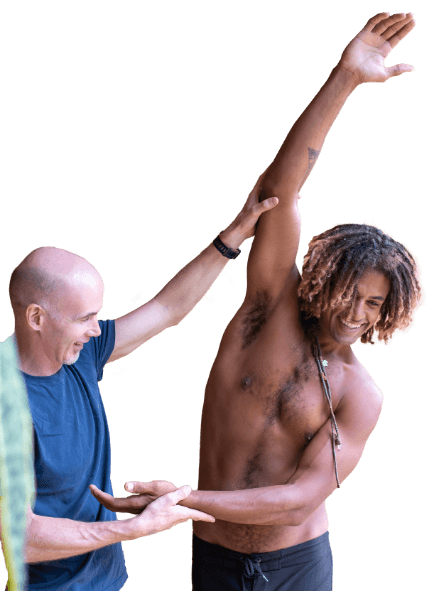
It’s a common question for patients diagnosed with scoliosis: what exercises are safe with scoliosis? Are there exercises to avoid with scoliosis? What about weightlifting?
I have a frustrating answer: it depends. It depends on the severity and location of the curve. It depends on the fitness level of the person with scoliosis, it depends on age, it depends on exercise experience…and it depends on the activity.
We know that strengthening the back muscles that support the spine are crucial to spinal health and improving lower back pain. We also know that the best way to build and strengthen muscle is to lift heavy. But is lifting heavy weights with scoliosis safe?
Weight lifting as an exercise is great for developing your body strength and helps in increasing the size of skeletal muscles and bone density which is beneficial to avoid Osteoporosis. In addition weight-based exercise may help to improve muscle balance and reduce the visibility of one’s spinal curvature.
Stretching the muscles on the concave side of your spinal curve can gradually help to improve mobility, reduce pain and open up the curve. That’s because the concave muscles are often shorter, so working lengthening these muscles can help to correct your scoliosis curve. The muscles on the convex side are usually stretched long and have to be strong in order to straighten the curve..
Safe weightlifting is okay to do, meaning the person has trained on how to do it safely to avoid injury. If you haven’t had surgery in the past, there aren’t any restrictions other than using good sense and paying attention to your body. I’m all for muscle development and the resistance machines that won’t load the spine and exaggerate your curve. With free weights, it really depends on the curve and the frequency that the person is lifting.
For patients who have already had a surgical intervention for their curvature, weightlifting may be a bit more tricky. Surgical patients wouldn’t have the same leniency when it comes to weightlifting. If someone was a weightlifter before surgery, they likely will be allowed to get back into it gradually over the first 6-12 months. But if that’s not your case you should consult with your doctor and use caution.
Tips for Lifting With Scoliosis
Start with small weights and simple exercises to gauge what’s comfortable and what isn’t. Work with a comfortable weight for the first few weeks, and then step up your weight a little bit and see how you feel.T
The good news is there are several top athletes with scoliosis, who have become legends in the World of athletics.. Some of these scoliosis athletes include Usain Bolt, Tracy McGrady, Emelia Gorecka, Natalie Coughlin, and Jessica Ashwood. These athletes are good role models to those patients who would like to do weight lifting, among other modes of exercise.

Over the last 10 years Ed has been building a YouTube library to help people manage their own pain or movement limitations and increase performance through exercise. He regularly adds videos so be sure to subscribe and visit regularly


"Oh My Gosh- I am ALREADY feeling relief after a few days! I used to wake up 2-3 times a night with shooting pain that anti inflammatories couldn't touch. Now I have been waking up just because I want to notice what it feels like to lay in bed pain free- THANK YOU!."

"When I first started with your program I was experience a lot of pain. Walking was difficult. I had to stop and catch my breath every few minutes and lean against a wall for support. Now when I walk with my husband we go for over an hour. I never had to sit down and stop...and, hardly any pain!!! 😊😊 I can’t thank you enough."
Frustrated that you aren't recovering fast enough?
Discover how to heal from illness and injury using movement, food and lifestyle.
Leave a Reply